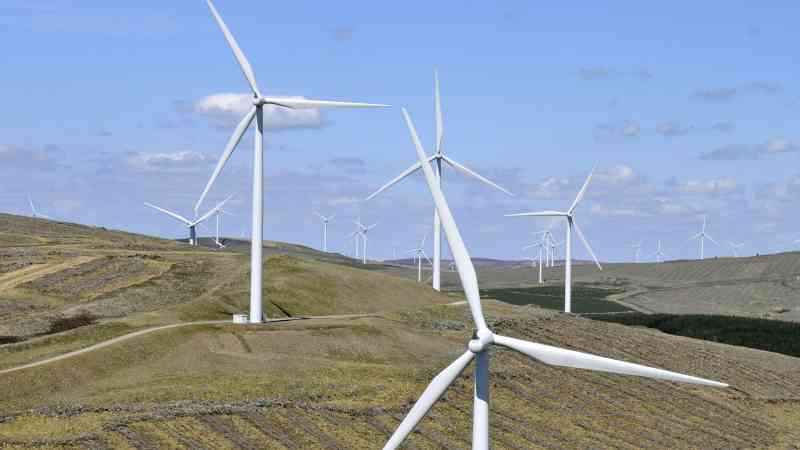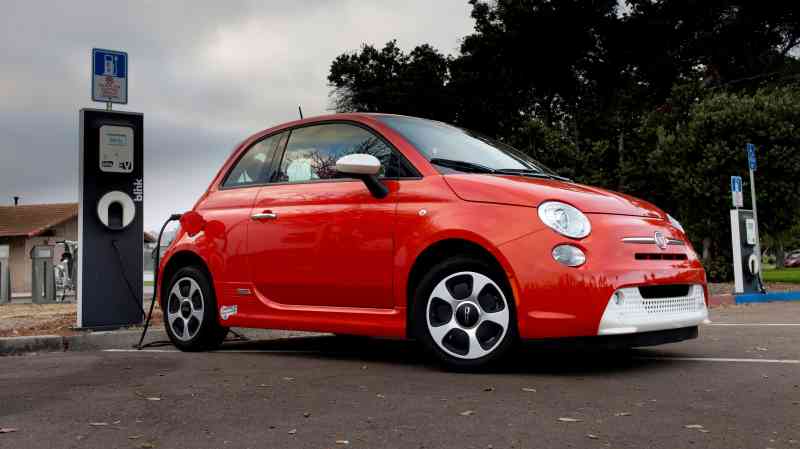SSE preparing to start building world’s biggest offshore wind farm
SSE is preparing to give the green light to construction of the world’s biggest offshore wind farm as part of plans to treble its renewable electricity output by 2030.
The energy giant said that it expected to reach financial close “in coming days” on the first two stages of the Dogger Bank wind farm, 60 miles off the north-east coast of England.
SSE owns 50 per cent of the project with the other half owned by Norway’s Equinor, though both companies are looking to sell 10 per cent stakes.
Alistair Phillips-Davies, SSE chief executive, said a deal to sell down the stakes was “progressing reasonably well” would likely come within the next few weeks, following the financial close.
The Dogger Bank wind farm will have 3.6 gigawatt capacity, or enough to power 4.5 million homes when completed by 2026; SSE said the first two stages would each have 1.2 gigawatt capacity.
It will use 13-megawatt turbines, among the biggest to be used anywhere in the world, with one rotation of the blades generating enough electricity to power a UK household for two days. The rotor diameters are about three times the size of the London Eye, Mr Phillips-Davies said.
The project is one of the biggest elements in a newly-announced target for SSE to treble its renewable output over the coming decade. It said it aimed to add at least 1 gigawatt of new renewable assets each year in the second half of the decade, which could result in it owning as much as 12 gigawatts of wind farm capacity by 2030.
SSE is a FTSE 100 energy group with interests in renewables, gas-fired power generation, power and gas networks. It also owns a business energy supply business, having offloaded its household energy supply division to Ovo Energy earlier this year.
SSE today reported half-year adjusted operating profits of £418.3 million, down 15 per cent on the same period a year earlier, after booking a £115 million hit from the coronavirus pandemic, in line with previous guidance. This included a £50 million hit to its business energy supply division due to factors including lower demand due to lockdown and increased bad debts as businesses were unable to pay, and a £35 million hit to its distribution networks business due to lower revenues because of lower demand, and fewer new connections to the network.
Reported operating profits surged 83 per cent thanks to disposal proceeds.
Mr Phillips-Davies welcomed Boris Johnson’s new ten-point green energy plan. He said: “Today is an important day, not just for us as we publish our results and our low-carbon investment plans, but for anyone who supports the effort to tackle climate change as the prime minister sets out his welcome ten-point plan to build back greener.
“As we seek a recovery from the effects of coronavirus, investments in low-carbon infrastructure that help stimulate the economy, boost jobs and level up regions while tackling climate change are a win-win.”




Post Comment